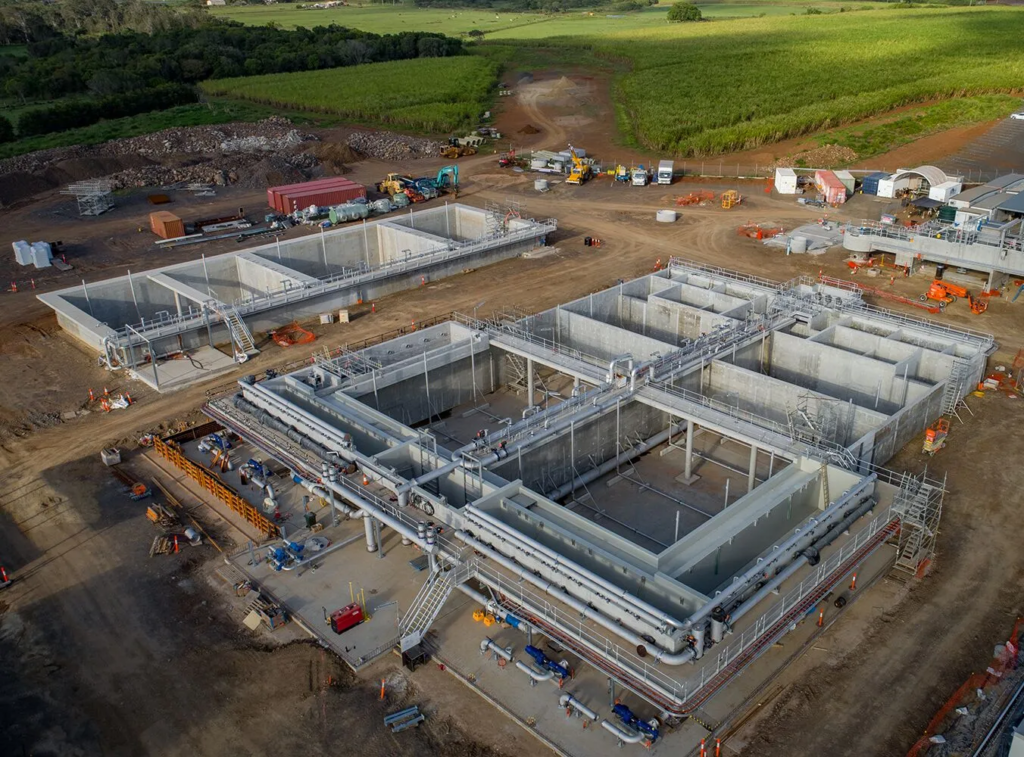Managing power needs is a critical component of running a successful business. In Australia, the seasons significantly affect energy consumption, presenting unique challenges for organisations aiming to maintain operational continuity. With summer bringing intense heatwaves and winter introducing its own power demands, businesses must adopt strategies to ensure reliable and efficient energy use year-round.
Understanding Seasonal Energy Demands
During Australian summers, the demand for electricity skyrockets. Air conditioning systems in offices, warehouses, and retail spaces must work overtime to combat extreme heat, often leading to a spike in energy costs. Businesses in regions prone to prolonged heatwaves face the added challenge of managing peak demand charges, which can significantly inflate electricity bills.
Moreover, summer places strain on energy grids, increasing the likelihood of blackouts. For businesses, power outages disrupt operations, compromise customer service, and even lead to revenue losses. Preparing for this seasonal surge is vital to ensure uninterrupted business operations.
Winter’s Energy Needs
While winter’s energy requirements may not be as intense as summer’s, heating systems, lighting, and increased indoor activities still drive up electricity consumption. Cold mornings and evenings result in heightened use of heating solutions, from ducted systems in office spaces to portable heaters in small businesses.
For industries reliant on outdoor work or large equipment, winter can also slow operations due to shorter daylight hours and weather disruptions. In such cases, having sufficient backup power solutions becomes equally crucial.
Adapting to Changing Energy Consumption Patterns

Seasonal changes highlight the importance of understanding peak and off-peak energy usage. By identifying patterns in energy consumption, businesses can optimise their operations to reduce costs. For example, energy-intensive tasks can be scheduled during off-peak hours, where tariffs are lower.
Smart energy monitoring systems can help businesses track their usage in real-time, allowing them to make informed decisions about when and how to use power efficiently.
Investing in Energy Efficiency
One way to tackle fluctuating energy needs is by investing in energy-efficient infrastructure. LED lighting, energy-efficient air conditioning, and smart thermostats can help lower consumption without compromising comfort or productivity. For businesses with warehouses or large facilities, upgrading insulation and installing solar panels are excellent long-term solutions to combat seasonal energy spikes.
The Role of Backup Power
Seasonal power outages, especially during summer, are a significant risk for Australian businesses. Without reliable backup systems, companies can face downtime, lost revenue, and even damage to equipment.
Installing uninterruptible power supplies (UPS) and backup generators can ensure business continuity during outages. Generators, in particular, are a must-have for industries such as healthcare, retail, and manufacturing, where even a few minutes of downtime can result in severe consequences.
Case for Renewable Energy Backups
The growing focus on sustainability means renewable energy sources, such as solar battery storage, are increasingly popular. These systems not only provide reliable backup power but also reduce a business’s carbon footprint. While the initial investment may be higher, the long-term benefits include reduced energy costs and improved reliability during seasonal demand surges.
Leveraging Technology for Smarter Energy Management
Modern technology offers innovative ways for businesses to manage their seasonal power needs effectively. Smart energy systems, such as automated load management tools, allow businesses to optimise energy use by balancing supply and demand.
These tools can automatically adjust energy usage based on pre-set parameters, ensuring systems such as air conditioning and heating operate efficiently without manual intervention.
Demand Response Programs

Participating in demand response programs is another way businesses can manage their power needs during seasonal surges. These programs incentivise businesses to reduce energy usage during peak periods in exchange for financial benefits. For instance, a factory might temporarily shut down non-essential equipment during a heatwave to lower its energy demand and avoid peak tariffs.
Preparing for Future Energy Challenges
As climate change continues to affect weather patterns, businesses need to prepare for more unpredictable energy demands. Higher temperatures, longer summers, and more intense storms could all have a lasting impact on energy grids and business operations.
Proactively addressing these challenges by adopting sustainable energy solutions, improving energy efficiency, and preparing for extreme weather events will ensure businesses can thrive regardless of seasonal fluctuations.
Collaboration with Energy Providers
Businesses can benefit significantly from collaborating with energy providers who understand the unique challenges of Australia’s seasonal power needs. Providers that offer tailored energy solutions, such as those at EPT, can assist businesses in reducing costs, improving efficiency, and maintaining reliability.
Conclusion
Seasonal changes have a profound impact on business power needs in Australia. Whether it’s the soaring energy demands of summer or the steady consumption patterns of winter, businesses must be prepared to navigate these challenges effectively. By investing in energy-efficient systems, adopting smart technology, and ensuring reliable backup power solutions, organisations can maintain operational continuity while keeping energy costs in check.










